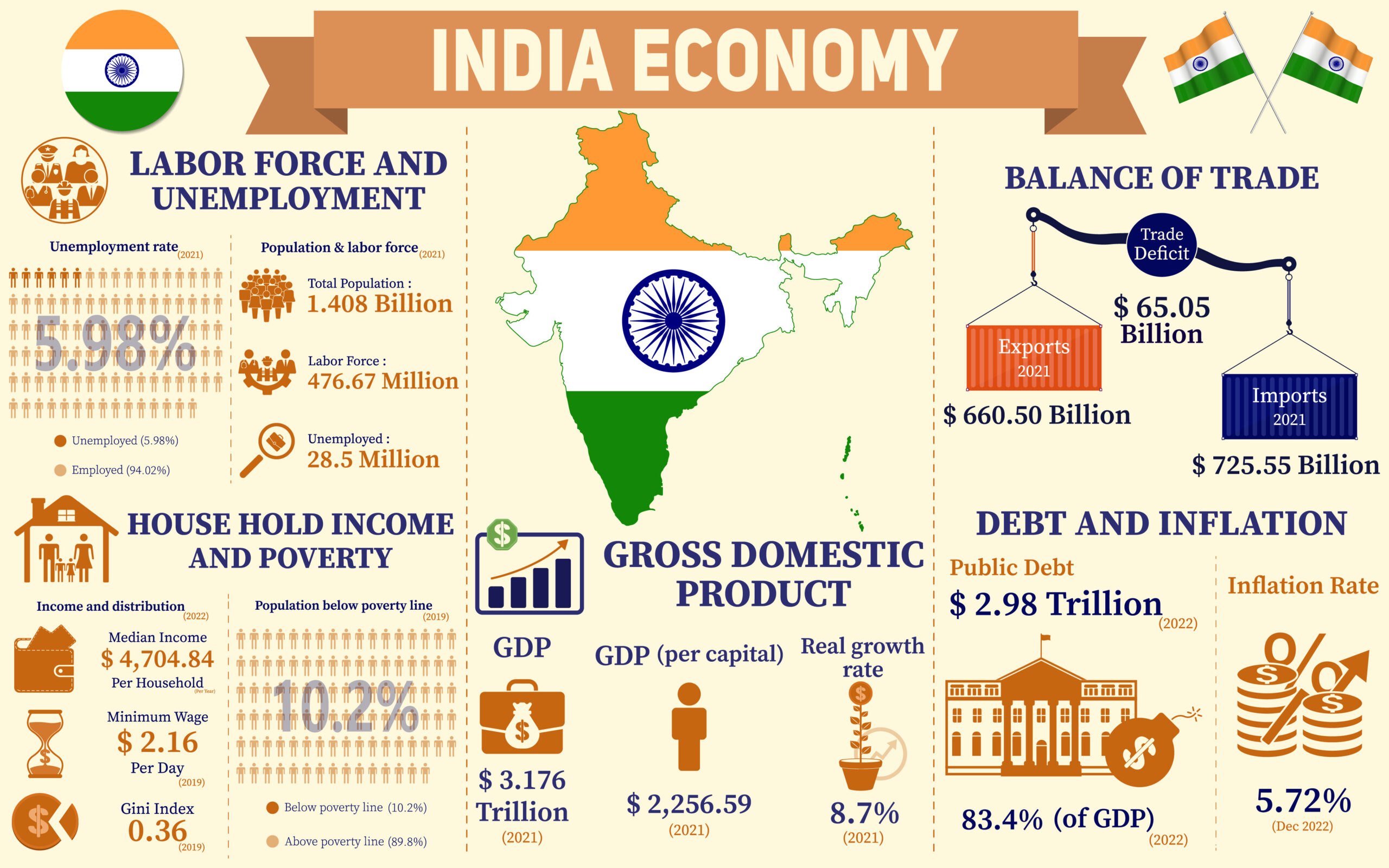
India’s Sudden Policy Shift Disrupts Bangladesh’s Export Channels
In a move that has sent shockwaves through South Asian trade corridors, India has revoked the transshipment facility that previously allowed Bangladeshi exports to access third countries via its land borders. This facility, established in 2020, was a critical conduit for Bangladesh’s burgeoning export sectors, notably the readymade garments industry.
Implications for Bangladesh’s Export Economy
The withdrawal of this facility is poised to have profound repercussions on Bangladesh’s export-driven economy. Key impacts include:
- Increased Logistical Costs: Exporters now face the challenge of rerouting shipments through alternative, potentially more expensive channels, escalating operational expenses.
- Trade Route Disruptions: The decision disrupts established trade routes, particularly affecting exports to neighboring countries such as Nepal and Bhutan, which relied on the transshipment facility for efficient goods movement.
- Competitive Disadvantages: Elevated costs and logistical hurdles may erode the competitiveness of Bangladeshi products in international markets, posing a threat to the country’s export growth trajectory.
India’s Justification and Regional Trade Dynamics
India’s customs department cited delays and cost inefficiencies impacting its own exports as primary reasons for the facility’s withdrawal. This move comes amid a complex backdrop of regional trade relations and recent international trade tensions, including heightened U.S. tariffs on Bangladeshi exports.
Potential Strain on Bilateral Relations
The timing of this policy change is particularly sensitive, given the cooling of relations between India and Bangladesh following political unrest in 2024, during which Bangladeshi Prime Minister Sheikh Hasina sought refuge in India. Analysts express concern that the withdrawal of the transshipment facility could further strain diplomatic ties and hinder future regional economic cooperation.
Looking Ahead: Navigating New Trade Realities
As Bangladesh grapples with these new challenges, the government and exporters may need to explore alternative trade routes and negotiate new agreements to mitigate the impact.
Strengthening infrastructure and seeking diversified markets could be pivotal strategies in adapting to the evolving trade landscape.
The unfolding situation underscores the intricate interplay between trade policies and regional relations, highlighting the need for collaborative approaches to foster sustainable economic growth in South Asia.



